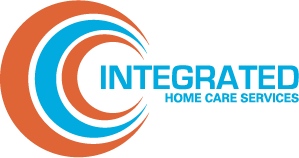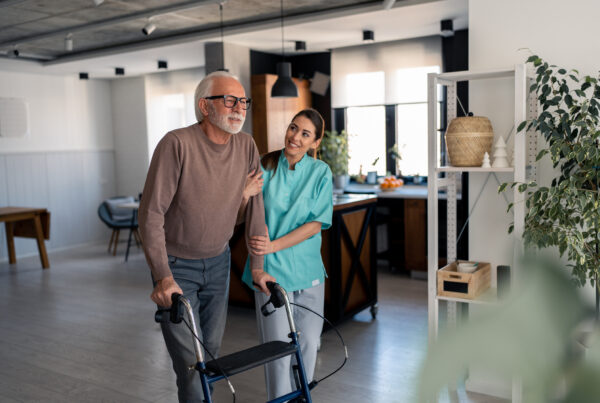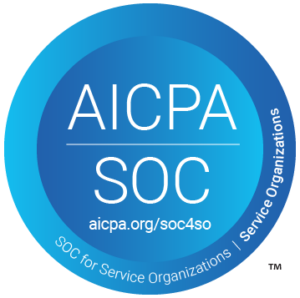IHCS Co-Founder and Chief Development and Analytics Officer, Paul Pino, recently commented on how the traditional home care model needs to change. This is an excerpt of the feature in McKnight’s Home Care.
There is no question that the number of people receiving care at home is growing. This necessitates a new approach — an integrated approach — to home care.
A recent study, published by JAMA, shows an alarming trend. Between 2011 and 2020, the prevalence of homebound adults aged 70 years or older more than doubled, from approximately 5% to 13% of the U.S. population.
The study also reported that the prevalence of being homebound in 2020 was greatest among Hispanic/Latino individuals (34.5%), followed by Black non-Hispanic individuals (22.6%) and White non-Hispanic individuals (10.1%).
Fortunately, for patients, payers and healthcare organizations, home care allows individuals to convalesce within the home at a per user cost structure significantly below the per user costs associated with other post-acute care sites.
Home care also correlates with better patient outcomes. In an independent study, researchers found that hospital discharges with home care services significantly decreased the hazards of readmission and death in the studied sample. As such, home care services have proven to be an effective modality utilized to safely treat the care needs of patients after an inpatient discharge. For many, however, the promises of home care are not realized due to inefficiencies in traditional home care models, leading to poor experiences for this vulnerable population.











